
Basic Data Structures that Every Developer Should Know
Exploring Fundamental Data Structures in Computer Science
In the realm of computer science, data structures serve as the bedrock upon which efficient algorithms and program designs are built. Each data structure possesses its own set of characteristics, making it suitable for specific tasks. Let's delve into the fundamentals of some widely-used data structures:
Arrays:
Arrays represent a fixed-size, contiguous collection of elements of the same data type. Their defining feature is direct access, allowing retrieval of any element through its index swiftly. However, the downside lies in the inefficiency of insertion and deletion operations, particularly in the middle of the array, as they necessitate shifting other elements.
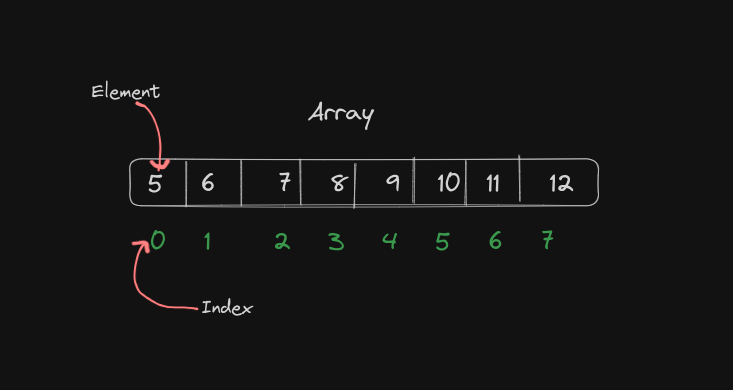
Linked Lists:
Unlike arrays, linked lists are linear data structures where elements, known as nodes, are not stored contiguously. Each node contains data and a reference to the next node. Linked lists excel in insertion and deletion operations, as they merely require adjustments to node references. However, random access suffers as traversal from the beginning is necessary to reach specific nodes.
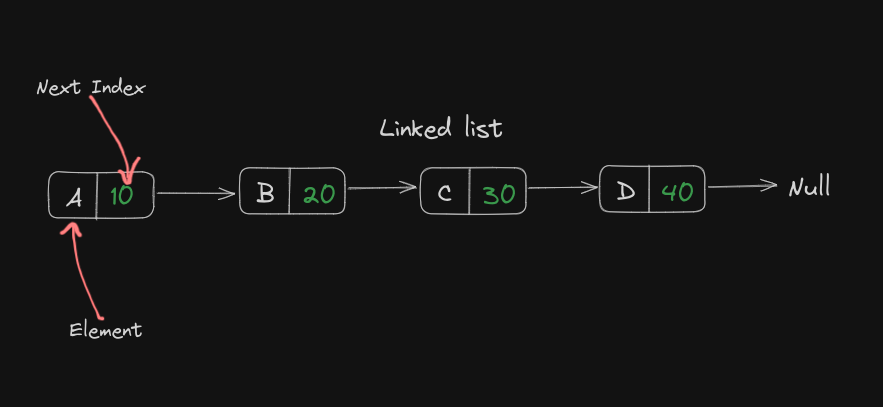
Stacks:
Stacks mimic the behavior of a stack of plates, where elements are added and removed from the top. They find utility in scenarios like undo/redo functionality, function calls, and expression evaluation.
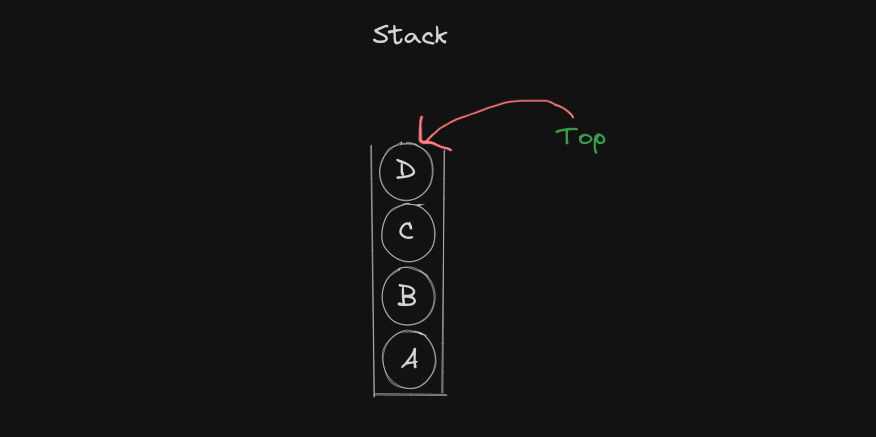
Queues:
Queues operate akin to a waiting line, where elements are appended at the back and removed from the front. They are ideal for managing tasks on a first-come, first-served basis, such as handling printer jobs or network requests.
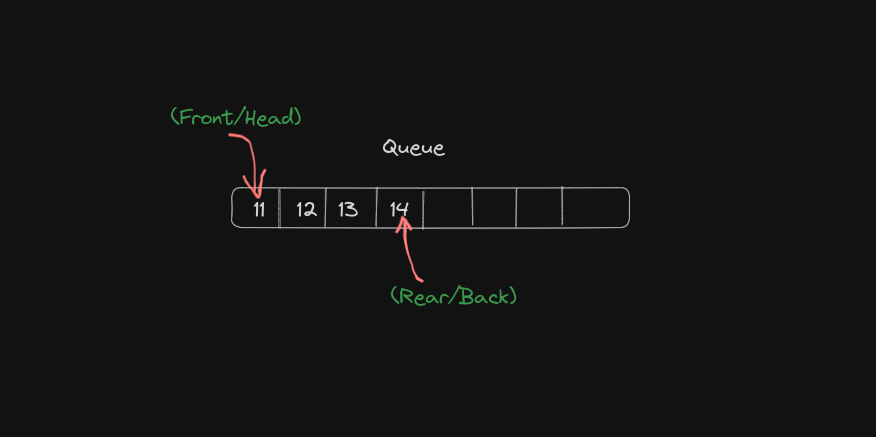
Trees:
Trees offer a hierarchical arrangement with a single root node, child nodes, and possible sub-trees. They excel in search and sorting operations, finding applications in file systems, binary search trees, and decision trees.
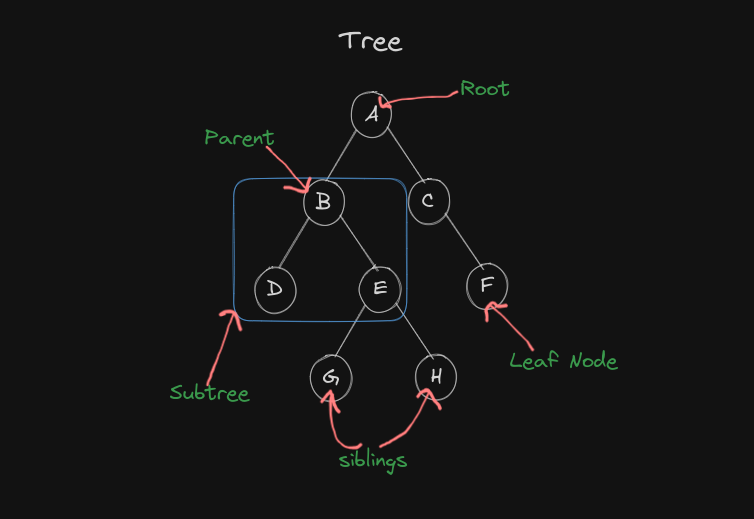
As one progresses in the study of computer science, they encounters more intricate data structures like graphs, heaps, and tries. Each structure brings its own set of unique properties and applications, enriching the toolkit of any aspiring computer scientist.
In conclusion, mastering data structures is essential for efficient algorithm design and program performance. Understanding the nuances of each structure empowers developers to make informed decisions, optimizing their solutions for various computational challenges.
Exploring Fundamental Data Structures in Computer Science In the realm of computer science, data structures serve as the bedrock upon which efficient algorithms and program designs are built. Each data structure possesses its own set of characteristics, making it suitable for specific tasks. Let's delve into the fundamentals of some widely-used data structures: ### Arrays: Arrays represent a fixed-size, contiguous collection of elements of the same data type. Their defining feature is direct access, allowing retrieval of any element through its index swiftly. However, the downside lies in the inefficiency of insertion and deletion operations, particularly in the middle of the array, as they necessitate shifting other elements.  ### Linked Lists: Unlike arrays, linked lists are linear data structures where elements, known as nodes, are not stored contiguously. Each node contains data and a reference to the next node. Linked lists excel in insertion and deletion operations, as they merely require adjustments to node references. However, random access suffers as traversal from the beginning is necessary to reach specific nodes.  ### Stacks: Stacks mimic the behavior of a stack of plates, where elements are added and removed from the top. They find utility in scenarios like undo/redo functionality, function calls, and expression evaluation.  ### Queues: Queues operate akin to a waiting line, where elements are appended at the back and removed from the front. They are ideal for managing tasks on a first-come, first-served basis, such as handling printer jobs or network requests.  ### Trees: Trees offer a hierarchical arrangement with a single root node, child nodes, and possible sub-trees. They excel in search and sorting operations, finding applications in file systems, binary search trees, and decision trees.  As one progresses in the study of computer science, they encounters more intricate data structures like graphs, heaps, and tries. Each structure brings its own set of unique properties and applications, enriching the toolkit of any aspiring computer scientist. In conclusion, mastering data structures is essential for efficient algorithm design and program performance. Understanding the nuances of each structure empowers developers to make informed decisions, optimizing their solutions for various computational challenges.